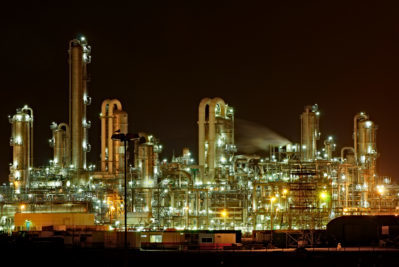Limit States – Design Accidental Load Assessment

When a flammable vapor is released, its mixture with air will form a flammable vapor cloud. If ignited, the flame speed may accelerate to high velocities and produce significant blast overpressure. This phenomenon is termed as Vapor Cloud Explosion (VCE). Congestion generates turbulence which in turn enhances flame acceleration generating higher overpressure. A dispersed cloud on an offshore facility will encounter congestion due to big and small equipment, pipe work, plated and grated decks, which, upon finding an ignition source, results in faster flames and higher overpressure. Blast damage is based on the determination of the peak side-on over-pressure (blast load) resulting from the pressure wave impacting on a structure.
Given the possibilities of hundreds of different scenarios for the occurrence of an accidental hazard, the best way to predict a reasonable size of a specific accidental load would be the employment of a probabilistic approach.
Design Accidental Load (DAL) is the load taken into account in the structural design to withstand impacts caused by certain accidental events with a cumulative frequency of occurrence exceeding a target frequency criterion. Overpressure Exceedance Curves are used in order to locate specific blast load requirement related to an exceedance frequency value of 1.0 E-04 per year (Accidental Limit State criterion from industry reference standards).
Related topics you might find interesting …
Some more topics you might find interesting …









